The GPS app I downloaded for this trip, MotionX, was absolutely invaluable most of the time. It freed up my eyes to look at the road rather than an enormous map and it navigated my little Ford Focus through city streets or back country dirt roads with pinpoint accuracy. Mostly. Occasionally,
as I have noted on this blog, it would send me to the middle of nowhere and proudly declare, as I gazed out on miles of empty asphalt and undulating fields, that I was at Washington and Lee University.
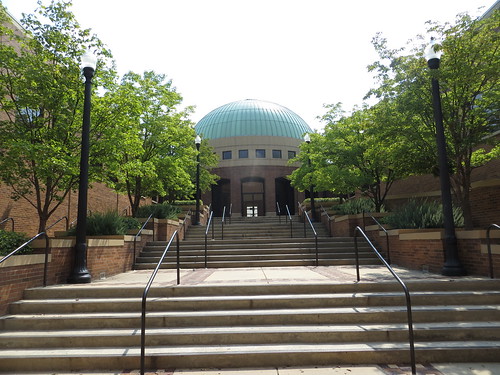 |
| Birmingham Civil Rights Institute |
The GPS made a far more pointed mistake in Birmingham, Alabama. I was trying to visit the renowned Civil Rights Institute, opposite the Sixteenth Street Baptist Church where a Ku Klux Klan bomb killed four young girls nearly fifty years ago. This was my first time in Birmingham, and I was relying on the GPS to guide me to the Institute's address - 520 16th Street North. The GPS took me instead to 16th Street South. As I approached the address, the decay was palpable. Dozens of businesses were boarded up. Carcasses of burnt out houses stood, untouched, in their lots. Empty soda cups and other trash lay in the gutters, almost calcified from lying there so long. I wondered why this part of the city had been left to rot, why even the trash hadn't been cleared, where the city services were. It slowly dawned on me that the GPS had got it wrong, and that there would be no museum int his neighborhood. And when I turned on 16th street, and saw the rundown houses and people milling about, I turned around without even stopping to ask for directions. All I knew is that there was no way that Birmingham, Alabama would put one of its most famous museums, and a foremost attraction in the city, down there. Even though they should have. Because 16th Street South epitomized the work that still needs to be done in this country. It is a poor neighborhood, and every single face I saw was black. This is the ongoing struggle for full emancipation in this country, and it is one that Dr. Martin Luther King recognized all too well when he sought to eradicate poverty for everyone in the United States. Money is a potent segregator, and the disproportionate number of black and Hispanic Americans living in unemployment and poverty is
staggering. Even more staggering is the massive wealth disparity between black, white and Hispanic Americans, which appears to be at a record high.
According to the Pew Research company, the "median wealth of white households is 20 times that of black households and 18 times that of Hispanic households". It is grotesque that such a wealthy country has citizens living in some of the poorest neighborhoods in the developed world. And while the Institute on 16th Street North was informative and moving, as were many of the other civil rights sites I visited, it was what I found on 16th Street South that served as the most potent reminder that the work begun by abolitionists and continued by the civil rights movement is still a long long way from finished.
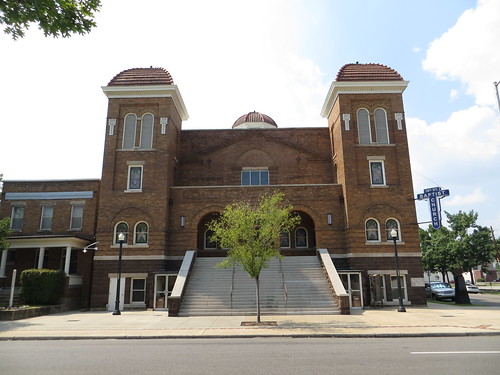 |
| Sixteenth Street Baptist Church in Birmingham, Alabama |
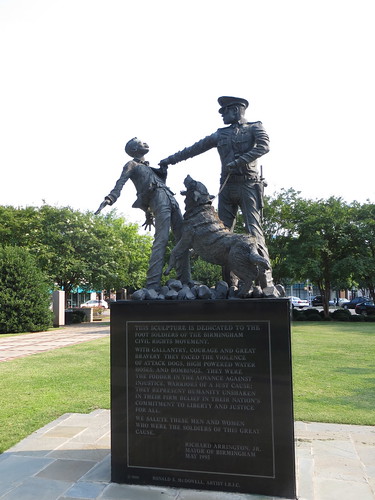 |
| Monument in Birmingham, Alabama |
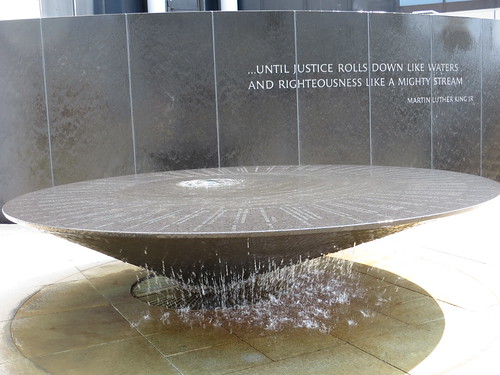 |
| Civil Rights Memorial in Montgomery, Alabama |
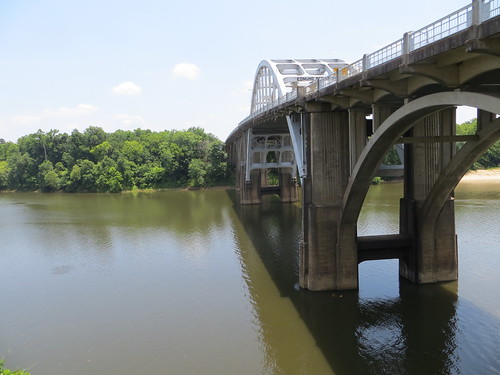 |
| Edmund Pettus Bridge in Selma, Alabama, where police beat protestors trying to march on Montgomery in 1965 |
 |
| Little Rock Central High, Arkansas, whose first black students had to be escorted by federal troops in 1957 |
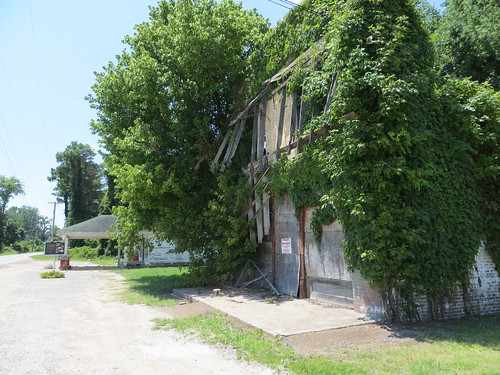 |
| Money, Mississippi where 14 year old Emmett Till was murdered after allegedly flirting with a white woman in 1955 |
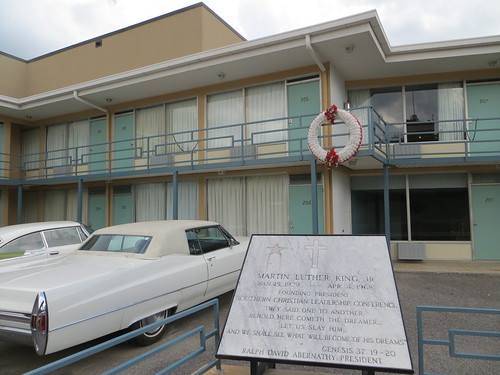 |
| Lorraine Motel in Memphis, Tennessee where Dr. Martin Luther King Jr was assassinated |
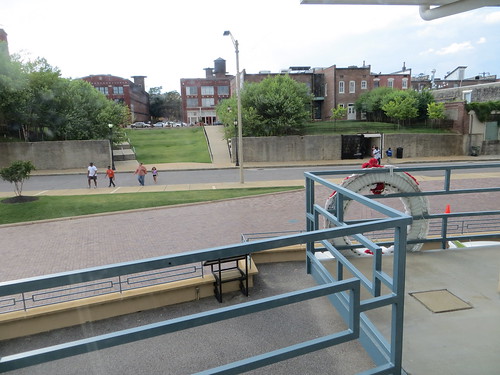 |
| Balcony where Dr. King was shot at the Lorraine Motel |
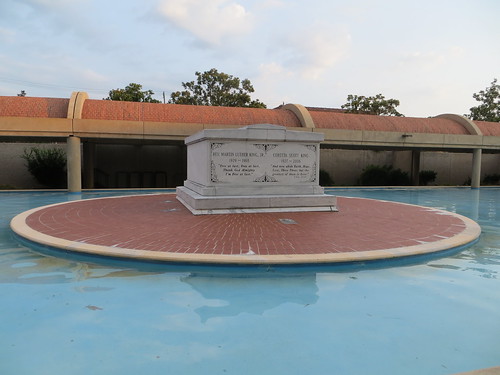 |
| MLK memorial in Atlanta, Georgia |
 |
| MLK's church in Atlanta, Georgia |











so glad you got to see all of this, baby. lots of good things, but still plenty of things that need to be worked on, for sure.
ReplyDeleteWell said, Tina.
ReplyDelete